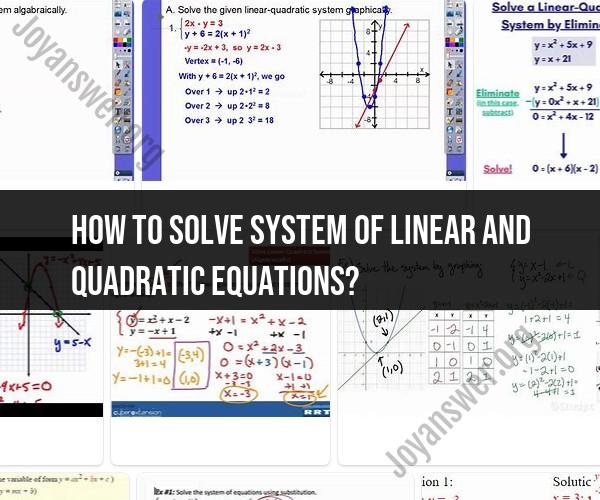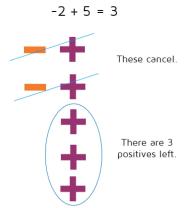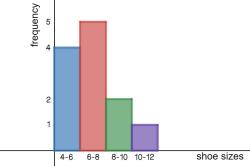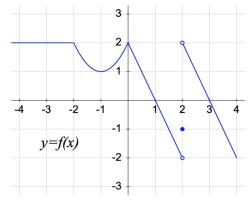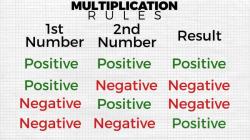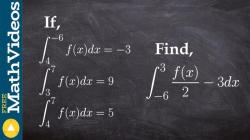How to solve system of linear and quadratic equations?
Solving a system of equations that consists of both linear and quadratic equations can be more complex than solving systems of equations that are entirely linear. The approach to solving such a system will depend on the specific equations involved. Here's a general guide on how to approach solving a system of linear and quadratic equations:
Step 1: Identify the Equations
- Clearly identify the linear and quadratic equations in the system. Linear equations have variables raised to the power of 1, and quadratic equations have variables raised to the power of 2.
Step 2: Solve the Linear Equations
- Begin by solving the linear equations in the system using standard techniques, such as substitution or elimination. The goal is to find the values of the variables in terms of each other.
Step 3: Substitute into the Quadratic Equations
- Once you have determined the values of some variables from the linear equations, substitute these values into the quadratic equations. This reduces the system to a system of quadratic equations in fewer variables.
Step 4: Solve the Quadratic Equations
- Solve the resulting system of quadratic equations. Depending on the specific quadratic equations, you may need to use techniques like factoring, completing the square, or using the quadratic formula.
Step 5: Check for Extraneous Solutions
- After obtaining potential solutions for the quadratic equations, check them in the original system to ensure they satisfy all equations, including the linear ones. Some solutions obtained from the quadratic equations may be extraneous and not valid for the entire system.
Step 6: Verify Solutions
- Finally, verify that the solutions obtained from both the linear and quadratic equations satisfy all equations in the system. If they do, you have found a solution to the system of linear and quadratic equations.
Here's a simple example to illustrate these steps:
Example:
Solve the system of equations:
- Linear equation: 2x + y = 5
- Quadratic equation: x^2 + y^2 = 10
Step 1: Identify the equations.
Step 2: Solve the linear equation for y:2x + y = 5y = 5 - 2x
Step 3: Substitute this expression for y into the quadratic equation:x^2 + (5 - 2x)^2 = 10
Step 4: Solve the quadratic equation:Expand and simplify the equation, then solve for x.
Step 5: Check for extraneous solutions by plugging the values of x back into both equations.
Step 6: Verify that the solutions satisfy both equations.
This is a simplified example, and real-world problems can be more complex. Depending on the specific equations involved, the process may require different techniques and approaches. In some cases, numerical methods or software may be necessary for solving systems with both linear and quadratic equations.
